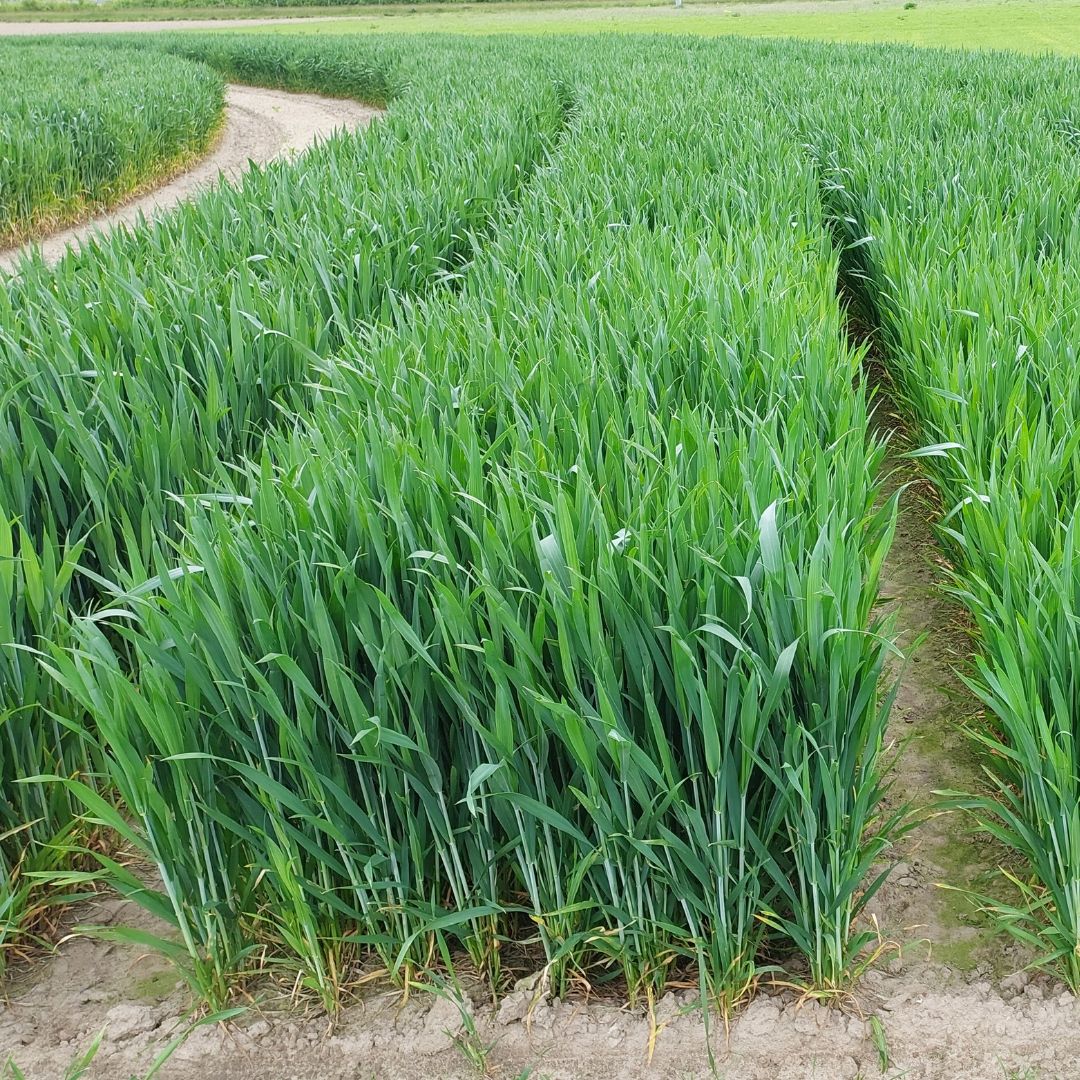Products Winter Grains Winter wheat Essa







Special features of winter wheat Essa
- High tolerance to drought conditions.
- Very good tillering and a large number of lateral shoots.
Other information
- Yield stability and repeatability at both agrotechnical levels throughout Poland (102-104% of the reference in the results of 2-year COBORU registration testing).
- High nutritional value due to the high protein and fat content of the seeds.
- Medium-early variety, with good tolerance to soil acidification.
- Medium height plants, with stiff straw, lodging resistance.
- Very high health profile – most diseases rated min. 8 on a 9-point scale.
- Genetic resistance to brown rust.
- Very high winter hardiness.
- High yield under various environmental and climatic conditions, also confirmed under drought conditions.
- In the company’s own tests, testing different planting density and reducing the seeding rate did not significantly reduce yields. This can be of great importance in reducing seeding costs.




Previous image
Next image
Utility and agricultural features
Type of variety
A/B
Earing date
medium
Full maturity date
medium-early
Plant height
92 cm
Winter hardiness
4
Resistance to lodging
6,5 medium
Soil requirements
medium
Tolerance to soil acidity
good
TGW
44 g
Seed density (pcs per sq.m)
280-320 pcs
Disease resistance according to Coboru:
Snow mold
no data
Powdery mildew
8,1 very high
Stem base diseases
7 good
Brown rust
7,8 very high
Stripe rust
no data
DTR
7,8 very high
Leaf septoria
7,6 very high
Chaff septoria
7,8 high
Ear fusariosis
7,6 high
Grain quality parameters
Grain uniformity
85%
Density of grain at bulk
76,8 kg/hl
Seed protein
12,5%
Falling number
362 s
SDS sedimentation index
78 ml
Wet gluten amount
23,50%

